
Protecting species at risk: it’s everybody’s thing!
Kouchibouguac National Park
By following these simple tips, you’ll become an active part of the solution in the protection and conservation of the fauna and flora of the park, the region, the country and the world! Thanks to you, future generations will have the chance, just as you do today, to enjoy the rich biodiversity found within the Maritime Plain Natural Region, which the park helps protect!
- Leave no trace - dispose of all your waste in a sanitary manner (even if it’s biodegradable)
- Always keep your pet on a leash and pick up their excrements
- Do not disturb nature
- Never feed wildlife
- Never approach or interact with wildlife to observe it or photograph it. Always stay at a safe distance (minimum of 30 meters or 100 feet)
- When enjoying the outdoors, stay on the marked trails and other areas dedicated to visitors
Piping plover recovery
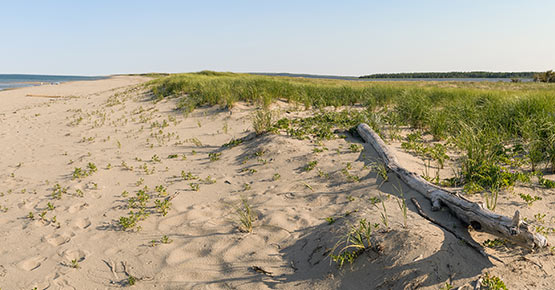
The Piping Plover is a small shorebird that is found only in North America. It has a pale, sand-coloured back, short stout bill and orange legs. During the breeding season, it also has a single black band across the breast, another black band across the forehead between the eyes, and a distinctive black tip on the orange bill.
Bat monitoring
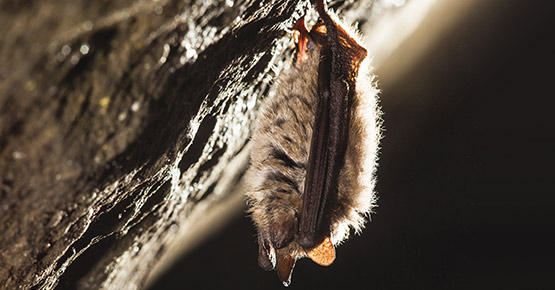
Bats are primarily nocturnal animals belonging to the taxonomic group Chiroptera (chiro: “hand”, ptera: “wing”). In many ways, they are typical mammals: they are warm-blooded, give birth to live young and produce milk. Their ability to fly, however, sets them well apart from all other mammal groups.
Atlantic Salmon: Return of the King
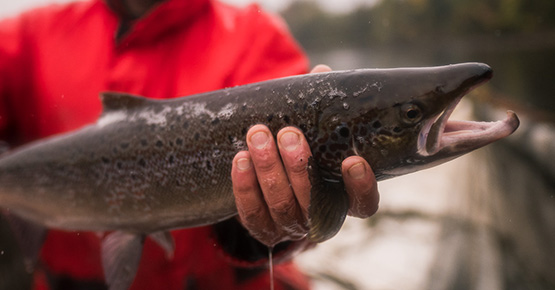
These iconic fish, which are a significant cultural resource for First Nations communities and a prized catch for recreational fishers, continue to face numerous pressures such as climate change, by-catch from commercial fisheries, poaching, habitat degradation from activities outside Park boundaries, invasive species, and migration barriers.
Gulf of St. Lawrence Aster restoration
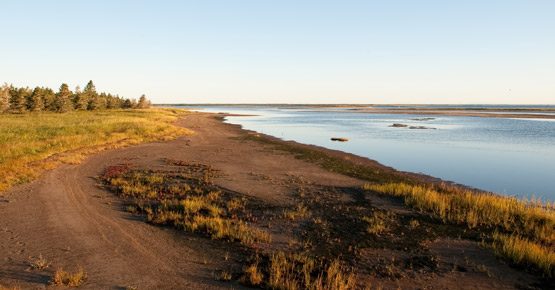
The Gulf of St. Lawrence Aster is small and fragile annual coastal plant found on brackish sand or mud in dune slacks, in sheltered salt marsh or on sandy beaches in protected coves. It has smooth elongate leaves, with small flower heads that range from a whitish to pinkish colour, and produces dry fruits called achenes. Much like those of dandelions these achenes each bear a tuft of fine whitish hairs that help them get dispersed by wind.
Rehabilitation of Route 117
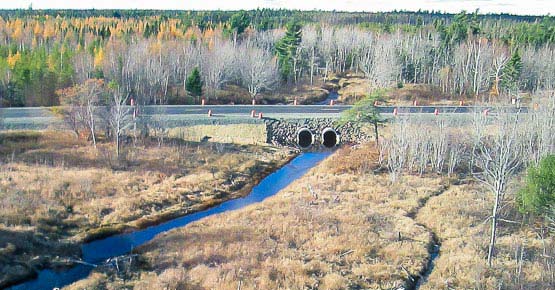
The rehabilitation of Route 117 was an innovative infrastructure project which spans across 24 kilometres of highway. This new project will allow Kouchibouguac National Park to make important resource conservation gains, especially as it relates to the restoration of aquatic habitats and fauna conservation.
Wood Turtle
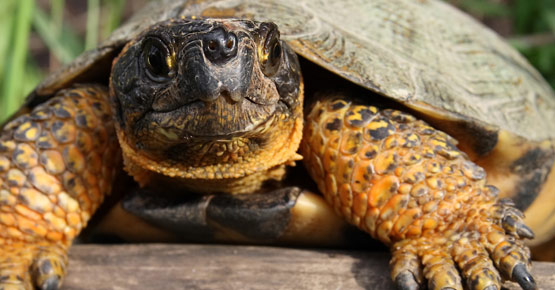
The wood turtle is an omnivorous, semi-aquatic reptile that lives year-round in watersheds of healthy winding rivers and streams such as those found within and around the park’s boundaries. The species’ life cycle and reproductive success depend greatly on the interconnectivity of the different habitats it visits during its active season, such as riverbank alder thickets, deciduous and mixed forests, open woodlands, peat bogs, fields and beaver ponds.
- Date modified :